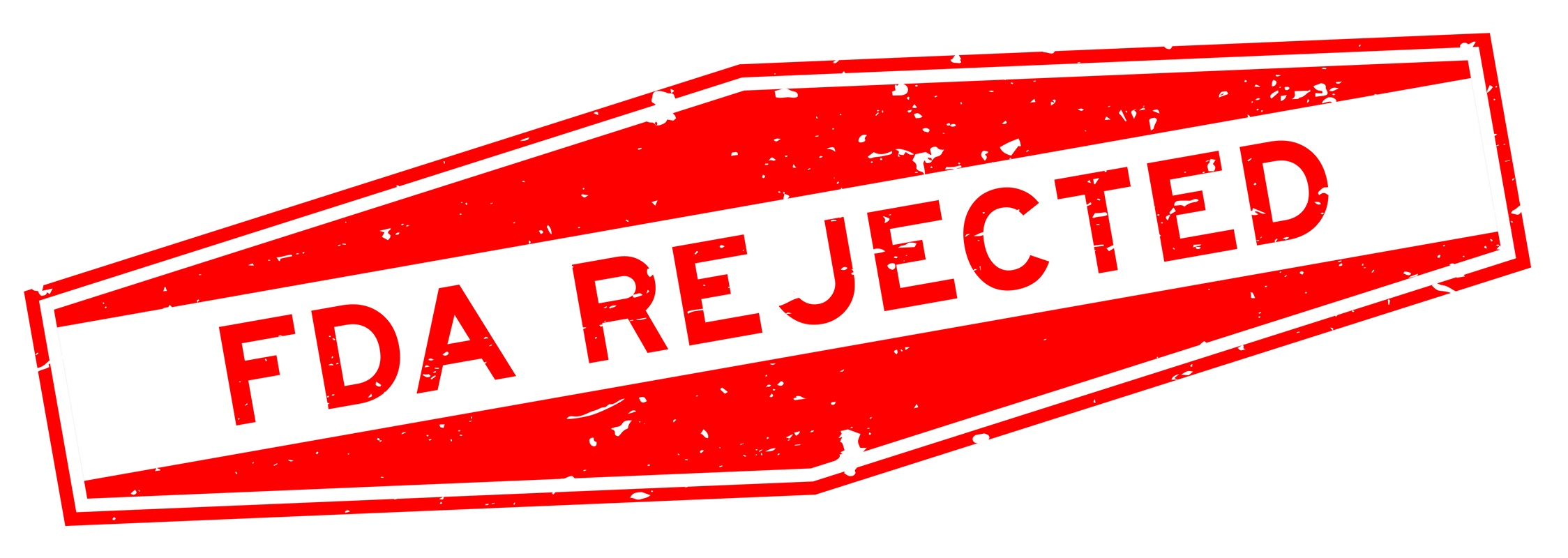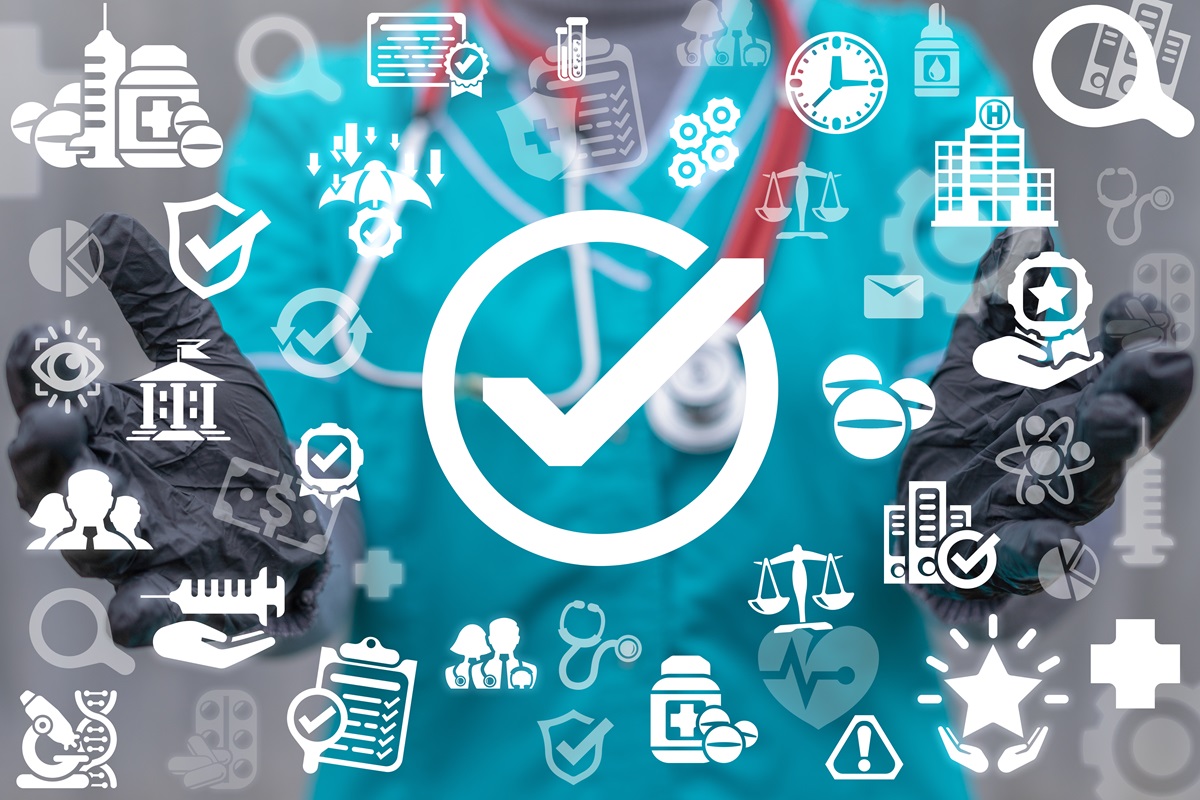Contents of this Post
ToggleRunning a successful business in the food and drug industry requires diligent compliance with relevant laws and regulations. Hiring a Food Lawyer can be useful. Failure to adhere to legal requirements can result in hefty fines, lawsuits, and even criminal charges. However, implementing best practices for legal compliance does not have to be an overly burdensome or expensive endeavor. With careful planning and commitment, businesses can integrate compliance into their everyday operations in a streamlined manner. This allows companies to avoid legal troubles while building consumer trust through ethical practices.

Understanding Relevant Laws And Regulations
Know Your Requirements
The food and drug industry is highly regulated, so it is critical to understand which specific laws and rules apply to your business activities. At the federal level, key statutes include the Federal Food, Drug, and Cosmetic Act, which regulates food and medical product safety and labeling. The Dietary Supplement Health and Education Act establishes requirements for nutritional supplements. And the Food Safety Modernization Act aims to prevent contamination through stricter oversight.
Additionally, businesses must adhere to various FDA regulations on Good Manufacturing Practices, Hazard Analysis and Risk-Based Preventive Controls, facility registration, generic product testing, Current Good Tissue Practices, and other issues. The FDA also regulates product categories individually with specific guidelines on topics like nutrition labeling, health claims, and allowable ingredients. For more information, check this video: https://www.youtube.com/watch?v=bMEFp8cl19c&pp=ygUHZmRhIGxhdw%3D%3D.
There are also state and local food safety, agriculture, and health codes to consider. For example, states regulate food handler training requirements, cottage food laws, restaurant facility standards, and cannabidiol product sales. You can also click here to connect with an FDA lawyer to help you determine all applicable regulations. Stay organized by creating a compliance manual outlining obligations.
Train Staff
Employees at all levels should receive clear, practical training on complying with laws relevant to their day-to-day work. Provide overview training on employee hygiene, attire, illness reporting, and handwashing expectations. Show line workers proper sanitization, equipment use, storage procedures, and contamination prevention. Review hazardous material handling and protective gear protocols with warehouse staff. Ensure QA employees understand product testing rules and lab managers know recording requirements.
Refresh periodically as regulations evolve. When new hires start, formally train them on core compliance policies. Have employees sign confirmations that they understand the training content. Schedule refresher courses annually and tailor them to each role. Detailed training enables staff to consistently meet legal obligations in their work.
Implement Compliance Protocols
Compliance Starts At The Top
Executives and owners must champion legal compliance as a top priority across the entire organization. Allocate sufficient financial resources for robust compliance staffing, training, documentation, auditing, and system improvements. Establish policies that make following regulations an integral part of company culture. Leaders should comply fully with internal protocols to set the tone from the top down.
Build On Existing Systems
Find opportunities to efficiently build compliance activities into current business processes. Perform regulatory reviews during product research and development phases to catch issues early. Expand your existing quality assurance program to monitor for compliance with safety rules during production. Use your standard documentation systems for recording information like employee training logs, safety reports, and ingredient verification needed for legal reporting. This integrated approach saves resources.
Document Thoroughly
Carefully maintain all documentation required under the applicable regulations. This includes written food safety plans, sanitation procedures, pest control measures, recall plans, hazard analyses, processing logs, cleaning records, inspection reports, instrument calibration files, raw ingredient supplier information, and more. Thorough, organized documentation shows regulators you are diligent in compliance. Schedule regular audits of documentation completeness.
Remain Proactive And Responsive
Schedule Internal Audits
Conduct frequent internal audits to verify operational compliance with legal obligations. Audit a different function each time, such as warehousing procedures, production line protocols, employee training systems, or supplier verification practices. Compare actual practices against written policies to catch inconsistencies. Have department managers submit regular self-assessments of their compliance performance. This proactive approach flags issues for correction before regulators do.
Stay Up-To-Date
Designate a compliance officer to monitor regulatory changes, guidance updates, and proposed rules. Sign up for email alerts from agencies like the FDA and USDA. When major regulations are finalized, schedule a legal review of changes and update internal policies accordingly. Maintain an organized system for tracking compliance tasks and deadlines, so your program evolves along with the regulatory environment.
Address Issues Quickly
Make it easy for employees to anonymously report concerns about potential compliance issues. Respond quickly by investigating problems, notifying authorities if required, containing any hazards, and taking appropriate corrective actions. Having protocols to address problems swiftly when identified demonstrates your commitment to compliance.
Leverage Technological Solutions
Automate Where Possible
Automated systems reduce the risk of human error in compliance. Use software to schedule and track equipment calibrations, monitor product temperature during transport, digitally log employee training completion, and manage ingredient inventory. Configure alarms to notify staff when manual intervention is required. Sophisticated automation provides compliance teams greater visibility and control.
Carefully Select Vendors
Vet suppliers, labs, contractors, and other outside partners thoroughly to ensure they meet your regulatory obligations. Review their credentials, compliance histories, safety ratings, quality certifications, and capabilities to handle your products properly. Any additional activities added later during the project will go through change request process. Require documentation like third-party audits. Diligent vendor selection reduces your compliance risk exposure.
Compliance does require dedication, but taking these steps helps businesses avoid problems while protecting public health and safety. With the right systems in place, companies can feel confident they are operating ethically and legally. This provides peace of mind and helps support a positive brand reputation. By making compliance a central component of operations, businesses set themselves up for lasting success.
Conclusion
Succeeding in the food and drug industry relies on making legal compliance intrinsic to your business. Understand requirements thoroughly, implement robust protocols consistently, document extensively, and stay proactive. Leverage technology and outside partners while retaining oversight. Make compliance an organizational priority and responsibility. With diligent yet streamlined practices, companies can comply with regulations efficiently while maintaining quality and consumer trust.

